Literacy is growing more central and essential. Technology and complexity in the workplace require ever-greater reading and writing proficiency. Yet the literacy and life-ready gap is widening.

As the world changes so rapidly, as career opportunities evolve and workplace skills evolve along with them, too many kids start each school year too far behind – and fall even farther behind as the year progresses. The trend particularly affects minorities and the economically disadvantaged. Harder still, the gap has multiple dimensions, all of which need to be addressed together.
![]()
The
Literacy Gap
Kids are starting behind in reading and writing and then falling further behind.
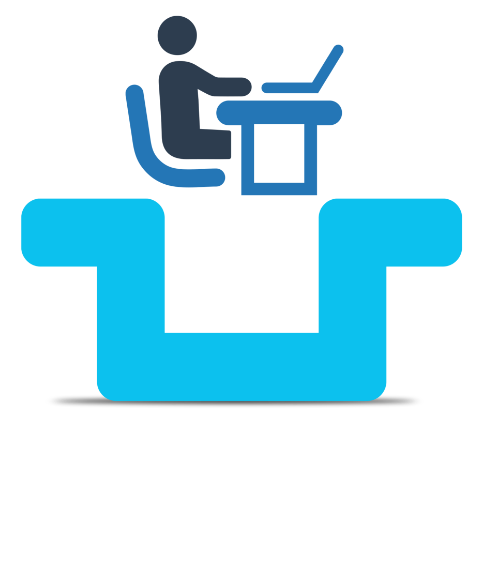
The Test
Success Gap
Kids are not being adequately prepared for success on high school exit and college admissions exams.
![]()
The Workforce
Skills Gap
Kids lack the modern workforce skills to be successful post-high school.
The literacy gap by the numbers
The reality is, too many kids are reading far below their grade levels, and a student’s economic status plays a key role in his or her proficiency and path to success.
47
%of fourth graders from low-income families read below the basic level
67
%of 8th graders are “not proficient” readers
(NAEP 2019)
4
%Of disadvantaged students were top performers in the 2018 PISA reading assessment
20
+%of minority high school students don’t graduate
![]()
The literacy gap starts early
Lack of exposure and language experiences at home create a gap early on that’s very hard to close. In fact, by age 3, there is a 30-million word gap between children from the wealthiest and poorest families, impeding kids’ growth and efficiency in:
Cumulative Language Experiences
Cumulative Words Spoke to Child (in millions)
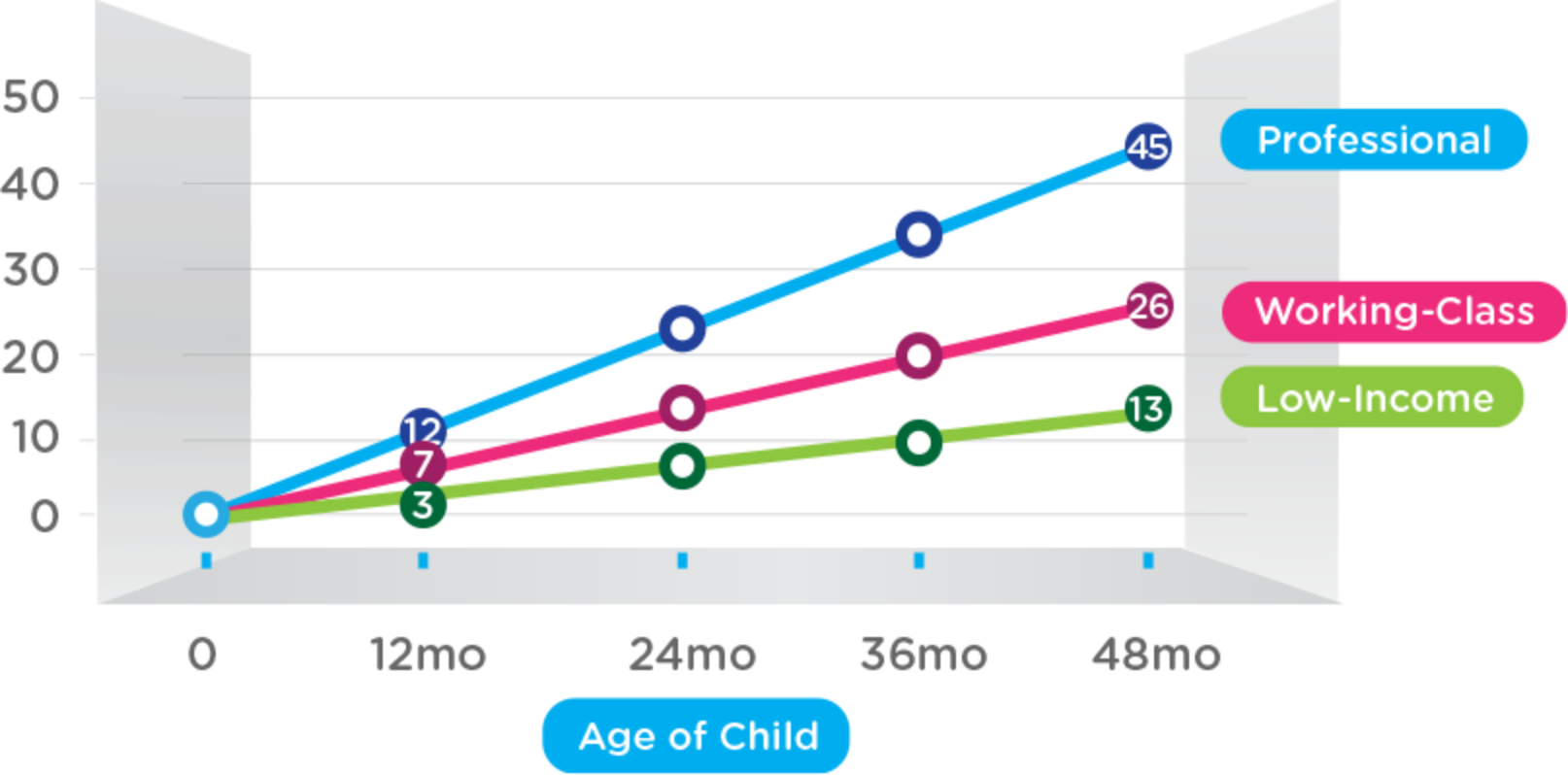
Lexile Ranges of Various Text Families vs. College and Career-Ready "Stretch" Lexile Band
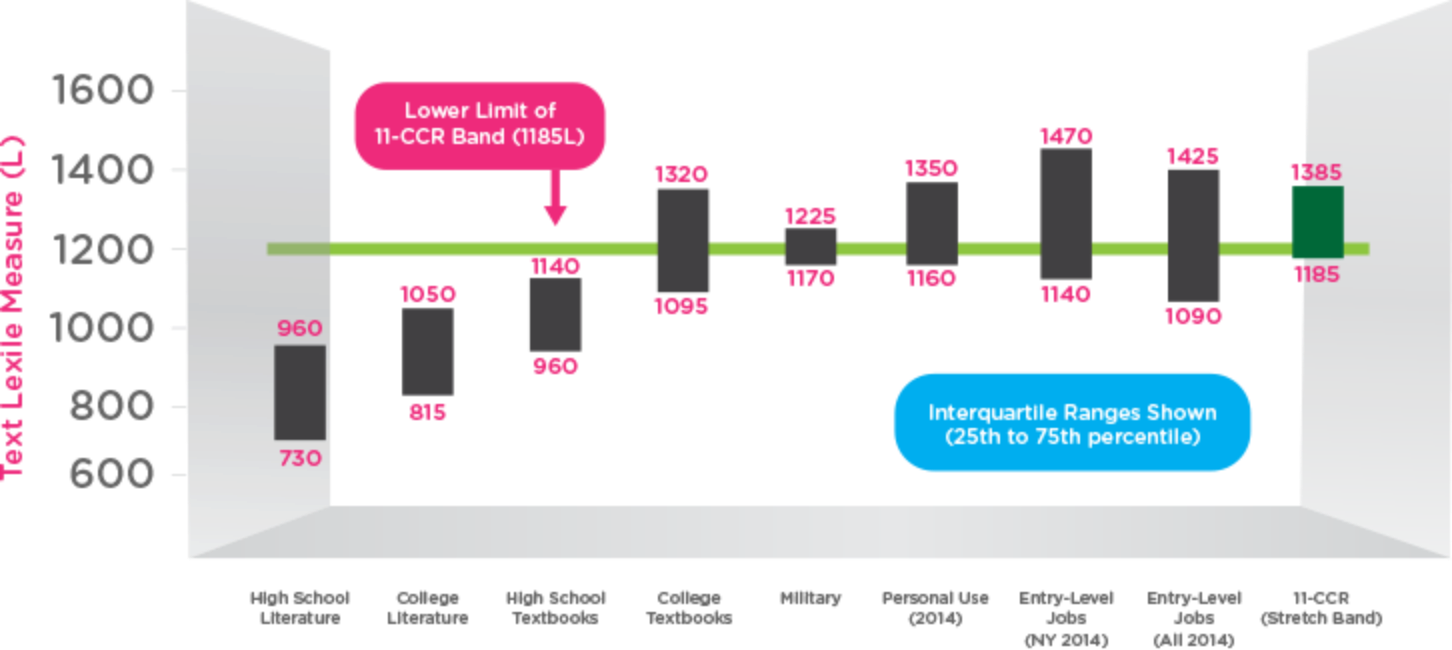
The literacy gap inhibits readiness
No matter what path students choose, post-high school life requires adequate literacy. Unfortunately, as a result of the literacy gap, kids’ reading levels at graduation are often insufficient for success in college, the modern workforce or military service.

The test success gap impedes opportunity
The ACT gap between higher and lower income families has increased over the past 5 years. Lack of exposure to test-taking strategies and skills results in kids struggling.
Average ACT Composite Score of 2012-2016 ACT-Tested High School Graduates by Family Income
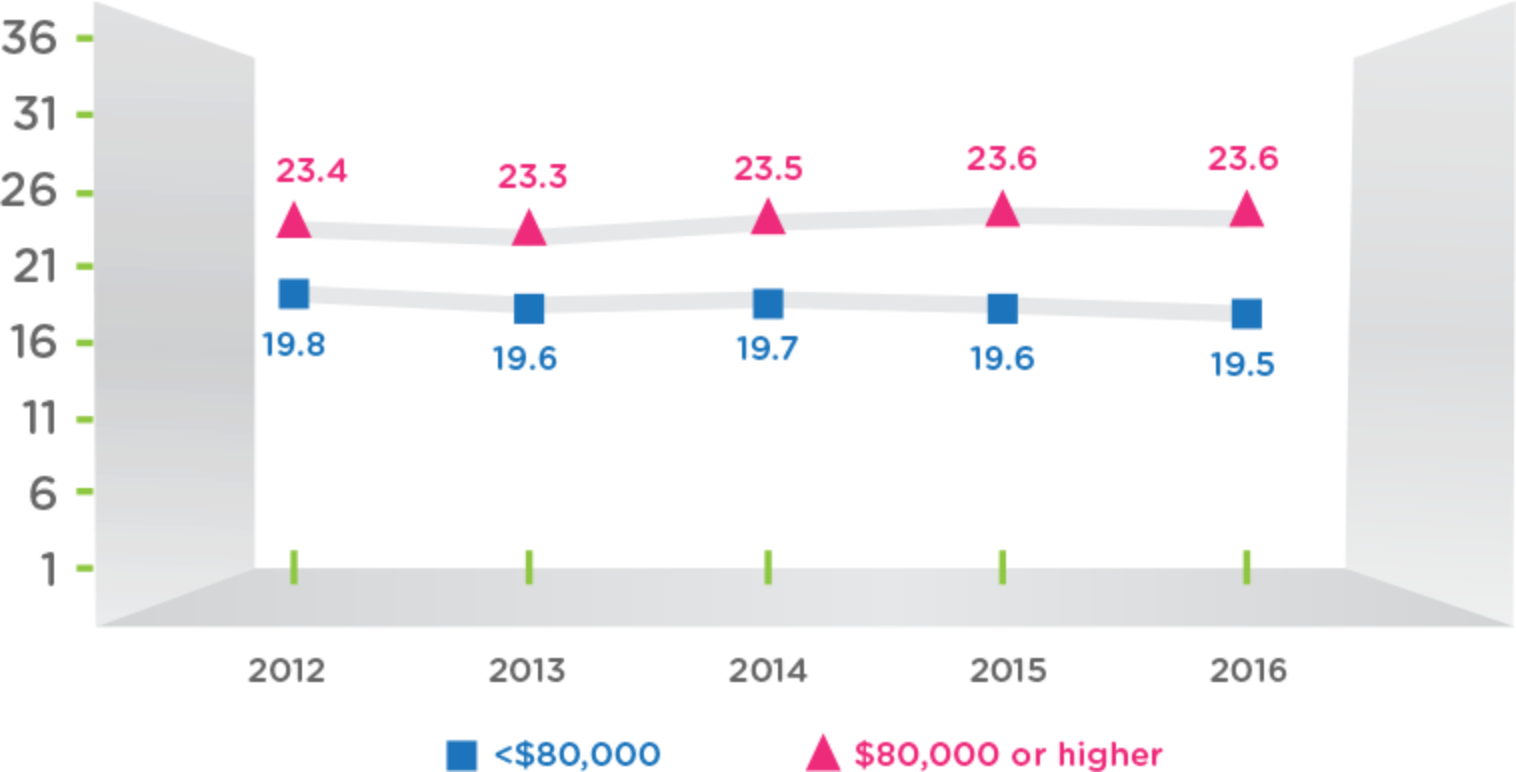
![]()
The workforce skills gap stands in the way
Compounding all of this, even for those kids who enter today’s workforce, there is still a significant gap in required literacy and 21st century professional skills. At the same time, lack of exposure to career possibilities holds kids back from finding their futures.
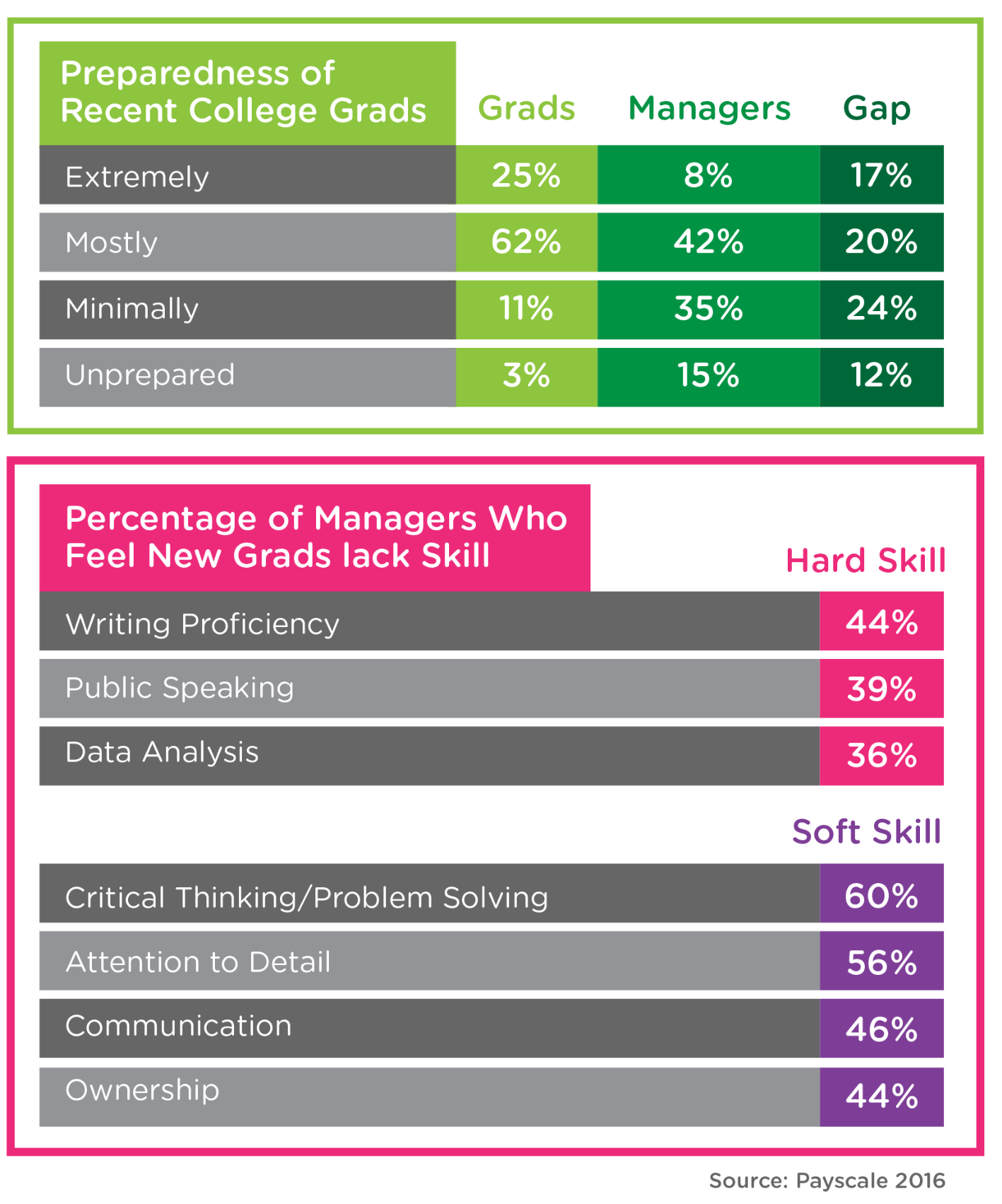
![]()
Time is the biggest gap of all
Educators struggle to help kids catch up while also achieving their expected annual growth goals. There literally are not enough hours in the school day to both catch up and make expected progress – let alone the progress required for true career readiness.
If students enter middle school 3 years behind in reading, they must make up 2 years every year to catch up by high school
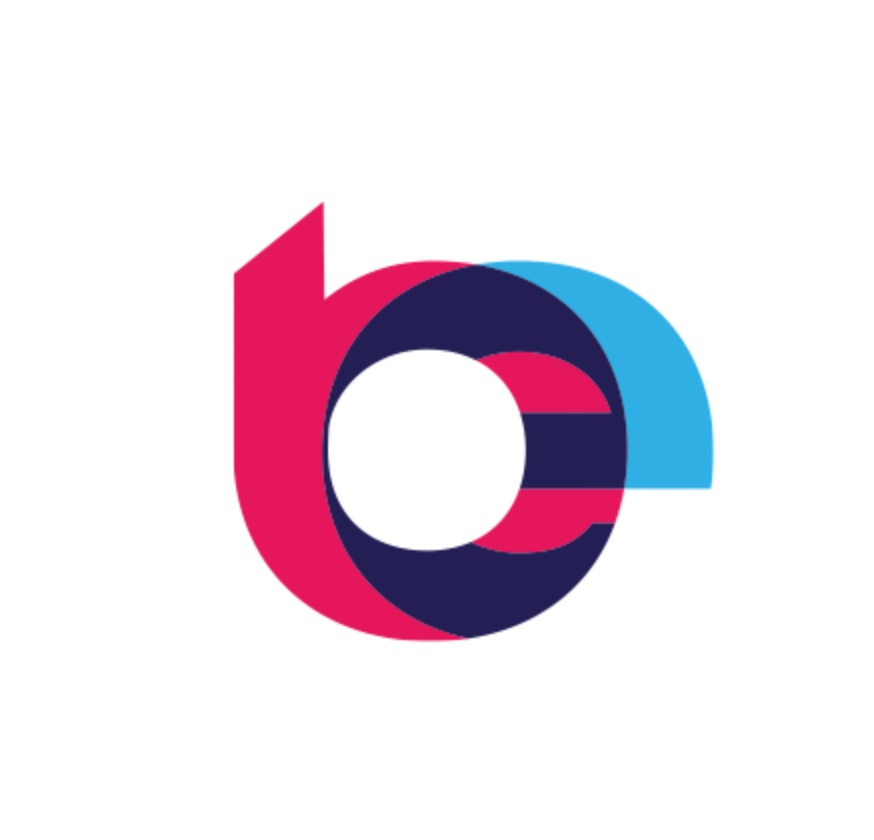
Beable breaks through to higher levels of literacy and life-ready success
Beable provides the first Life-Ready System that tackles the multiple challenges kids and educators face. Only Beable breaks the school-to-home barrier to provide enough time-on-task for Annual and Catch-Up Growth. Only Beable understands and supports the whole child, providing individual learning paths based on a child’s literacy, academic and career goals. And only Beable combines and integrates literacy acceleration with ACT/SAT prep, broad and deep career exposure and modern workforce skills development – all in both English and Spanish. Beable breaks through to new and necessary levels of success because it addresses the literacy and life-readiness challenge comprehensively and multi-dimensionally, instead of narrowly and one-dimensionally.

